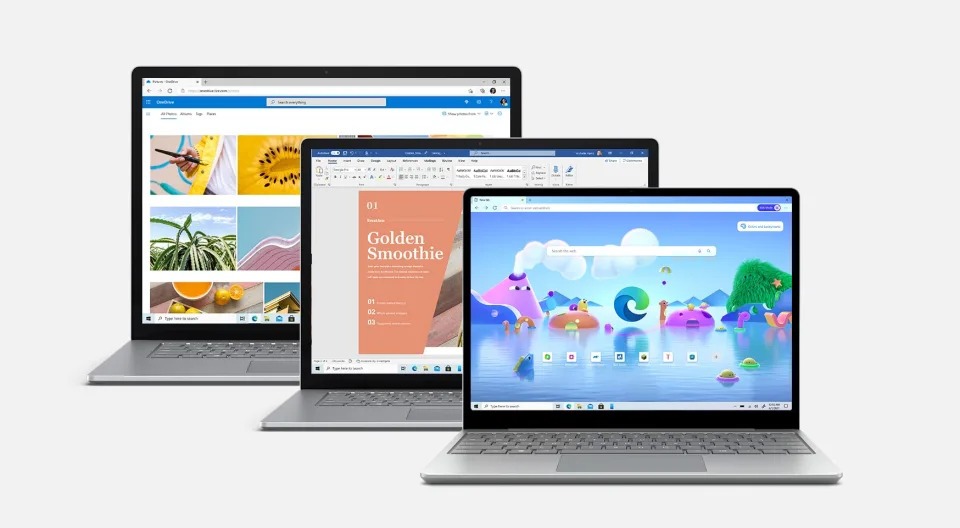After a long and successful reign, Microsoft has confirmed the end date for Windows 10 security updates. The final patch will be released on October 14, 2028, marking the official sunset of the popular operating system.
While this news may come as a disappointment to some, it’s important to remember that all software has a lifecycle. Windows 10 has served millions of users faithfully for over 9 years, receiving countless updates and improvements along the way. However, with newer operating systems like Windows 11 offering enhanced features and security, it’s time for Windows 10 to gracefully step aside.
Extended Security Updates: A Bridge to the Future
Microsoft understands the transition to a new operating system can be challenging. To ensure a smooth transition, Microsoft is offering an Extended Security Update (ESU) program for Windows 10 Enterprise and Education editions. This program provides critical and important security updates for an additional three years, until October 14, 2031.
What Does This Mean for Users?
For users on Windows 10 Home or Pro editions, the October 14, 2028 deadline signifies the end of security updates. This means your devices will no longer be protected against emerging threats and vulnerabilities, making them susceptible to attacks. Therefore, it’s crucial to upgrade to a newer operating system, such as Windows 11, before the deadline.
Benefits of Upgrading to Windows 11
Windows 11 offers several compelling reasons to upgrade:
- Enhanced security: Built-in security features like TPM 2.0 and Secure Boot offer better protection against cyberattacks.
- Improved performance and efficiency: Enjoy faster loading times, smoother animations, and optimized battery life.
- New features and enhancements: Explore features like Snap Layouts, Widgets, and Focus Sessions to boost your productivity and creativity.
- A modern and intuitive interface: Experience a refreshed design with a focus on ease of use and accessibility.
Preparing for the Transition
Microsoft recommends beginning the transition to Windows 11 well before the October 2028 deadline. This will allow ample time to familiarize yourself with the new operating system and ensure a smooth migration process.
Here are some steps you can take:
- Check your system compatibility: Visit the Microsoft website to determine if your computer meets the minimum system requirements for Windows 11.
- Backup your data: Create a backup of your important files and documents before upgrading.
- Review the new features: Familiarize yourself with the new features and functionalities of Windows 11.
- Upgrade your computer: Once you’re ready, download and install Windows 11 on your computer.
Conclusion
While the end of Windows 10 security updates marks the end of an era, it also presents an opportunity to embrace the future with Windows 11. By planning ahead and taking advantage of the resources available, you can ensure a seamless and successful transition to the next generation of operating systems.
So, prepare to bid farewell to Windows 10 and embrace the exciting possibilities that await with Windows 11.










Add Comment